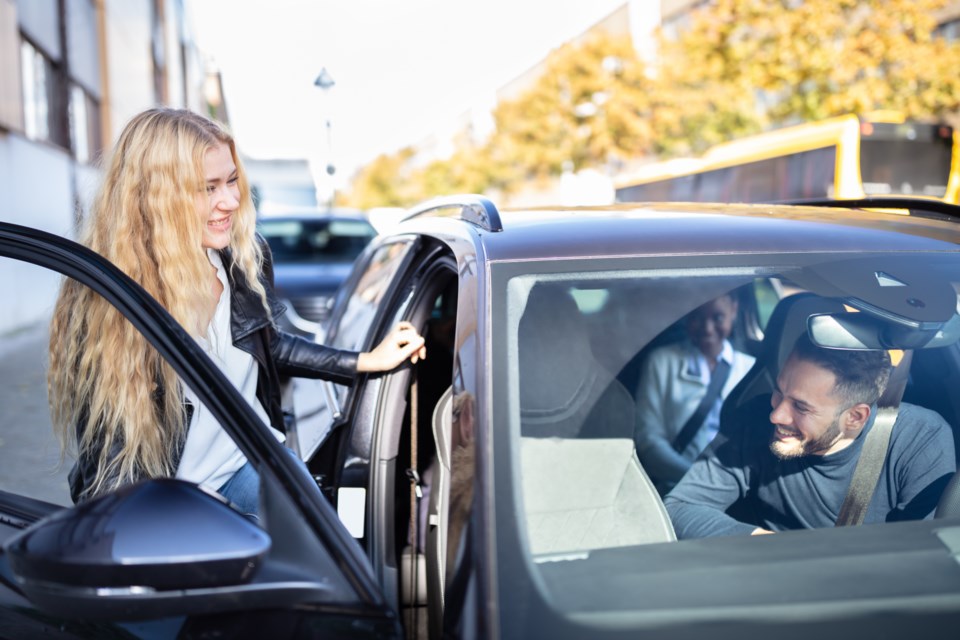Motorists requiring on-street parking may be shelling out a bit more cash next year.
The Toronto Parking Authority (TPA) has proposed a 25-cent hourly increase on more than 21,600 of its metered spaces, which was revealed in the agency’s recent budget report.
The TPA’s board of directors will meet on Nov. 29 to decide if they will adopt the rate change recommended by its audit committee, which would take effect in early 2025.
On-street hourly parking rates currently range from $1.50 to $6.50 depending on the density of the location, meaning residents could be paying as much as $6.75 per hour in busier areas of Toronto next year.
The move would mark the second time in a year that parking rates have been upped. Before 2024, on-street parking cost between $1 and $5 per hour.
It’s estimated the proposed rates would generate more than $5 million in incremental revenue in 2025, according to the TPA.
Jeff Dea, the agency’s vice-president of growth and strategy, told TorontoToday the proposal is a modest but necessary increase that reflects the state of inflation and remains competitive with other major cities.
“We’re incenting the parking behaviour we want to see, which is short-stay, high turnover parking,” he said. “[That way], we can serve the greatest number of customers who are coming to shop in the city.”
Despite the increase, Dea noted Toronto’s highest on-street parking fees would still be relatively low compared to other major North American hubs.
Vancouver charges up to $11 per hour, while New York City and Chicago charge up to $12 and $9.35 per hour, respectively.
“Rates have fallen behind here, and there are good reasons for that — like COVID effects,” Dea said. “We decided to hold rates year over year for a number of years, but we’re seeing a need to adjust the price.”
Eighty per cent of on-street transactions in Toronto occur through the Green P app, which currently has 2.2 million users.
To park using the app, motorists enter the meter’s location ID which can be found on the Green P parking sign. Vehicle information, length of stay and choice of payment are submitted to complete the transaction.
While Dea acknowledged the number of paid parking spaces around the city has remained stable, he admitted a portion of their inventory has moved around due to fluctuating trends and new city initiatives — like Vision Zero.
“Over the last several years, there’s been impacts on the main arterial roads from new bike lanes and outdoor dining,” he said. “Vision Zero is also introducing new design treatments on the road that have taken away some of our on-street paid parking in some of the premier locations in the city.”
“We’ve been replacing those [spaces] on side streets, so the inventory has maintained fairly consistent but [are] in less-than-ideal locations,” he added.
Provincial legislation for the removal of bike lanes is an issue the TPA is advocating for a balanced approach on, Dea said.
“We recognize that dedicated bike lanes are good for our Bike Share Toronto program,” he explained. “There’s definitely a correlation between ridership and proximity to dedicated cycling facilities.”
“Depending on how this goes with the bike lanes, there may be an opportunity to add back some on-street, paid parking. But it’s too early to say," Dea said.
Infrastructural designs to the parking machines themselves are also expected to get a boost, according to Dea.
The pay and display machines, which are nearing end-of-life, will be replaced with “Pay by Plate” machines. Motorists will be able to enter their licence plate and avoid having to take a ticket back to their vehicle.
“Once you enter the plate information, it’s integrated with the enforcement platform that Toronto Police administer,” Dea said. “You save on that distance from the machine back to your vehicle. There are also new payment methods, whether it’s Apple and Google Pay or with a QR code. [The machines] also still accept cash.”
The TPA said it has returned $1.4 billion in funding to the city since 2002, which supports a number of municipal programs, projects and services.
